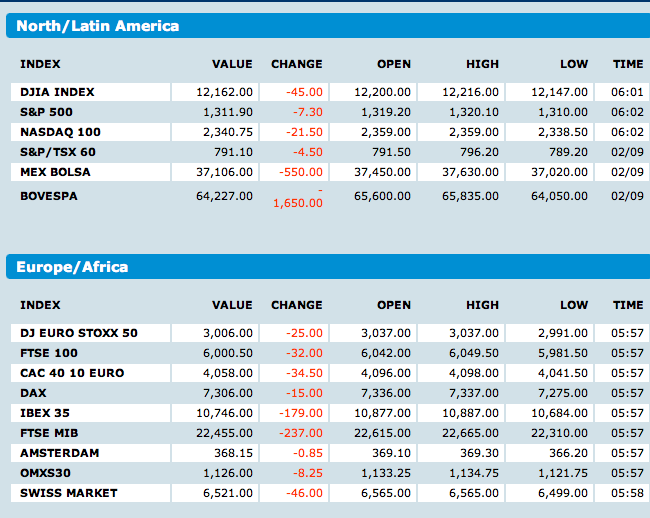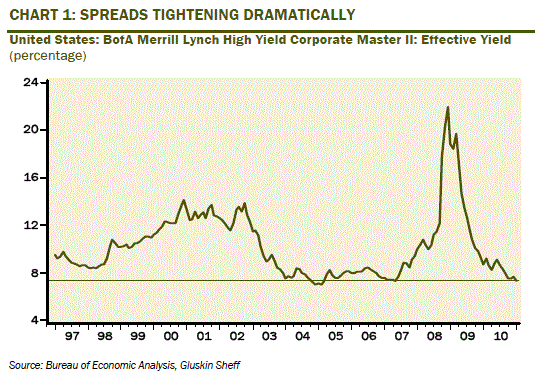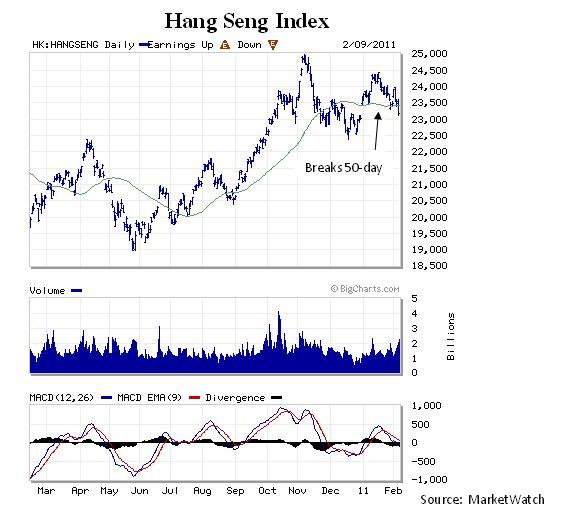By Mark Provost
In a January 2009 ABC interview with George Stephanopoulos, then-President-elect Barack Obama said fixing the economy required shared sacrifice: “Everybody’s going to have to give. Everybody’s going to have to have some skin in the game.”
For the past two years, American workers submitted to the President’s appeal—taking steep pay cuts despite hectic productivity growth. By contrast, corporate executives have extracted record profits by sabotaging the recovery on every front—eliminating employees, repressing wages, withholding investment, and shirking federal taxes. The global recession increased unemployment in every country, but the American experience is unparalleled. According to a July OECD report, the U.S. accounted for half of all job losses among the 31 richest countries from 2007 to mid-2010. The rise of U.S.
unemployment greatly exceeded the fall in economic output. Aside from Canada, from mid 2008 to mid 2010 U.S. GDP actually declined less than any other rich country. Washington’s embrace of labor-market flexibility ensured companies encountered little resistance when they launched their brutal recovery plans. Leading into the recession, the United States had the weakest worker protections against individual and collective dismissals in the world, according to a 2008 OECD study. Blackrock’s Robert Doll explains, “When the markets faltered in 2008 and revenue growth stalled, U.S. companies moved decisively to cut costs—unlike their European and Japanese counterparts.” The United States now has the highest unemployment rate among the ten major developed countries.
The private sector has not only been the chief source of massive dislocation in the labor market, but it is also a beneficiary. Over the past two years, productivity has soared while unit labor costs have plummeted. By imposing layoffs and wage concessions, U.S. companies are supplying their own demand for a tractable labor market. Private sector union membership is the lowest on record. Deutsche Bank Chief Economist Joseph LaVorgna notes that profits-per-employee are the highest on record, adding, “I think what investors are missing—and even the Federal Reserve—is the phenomenal health of the corporate sector.” Due to falling tax revenues, state and local government layoffs are accelerating. By contrast, U.S. companies increased their headcount in November at the fastest pace in three years, marking the tenth consecutive month of private sector job creation. The headline numbers conceal a dismal reality; after a lost decade of employment growth, the private sector cannot keep pace with new entrants into the workforce. The few new jobs are unlikely to satisfy Americans who lost careers. In November, temporary labor represented an astonishing 80% of private sector job growth. Companies are transforming temporary labor into a permanent feature of the American workforce. UPI reports, “This year, 26.2 percent of new private sector jobs are temporary, compared to 10.9 percent in the recovery after the 1990s recession and 7.1 percent in previous recoveries.” The remainder of 2010 private sector job growth has consisted mainly of low-wage, scant-benefit service sector jobs, especially bars and restaurants, which added 143,000 jobs, growing at four times the rate of the rest of the economy.
Aside from job fairs, large corporations have been conspicuously absent from the tepid jobs recovery. But they are leading the profit recovery. Part of the reason is the expansion of overseas sales, but the profit recovery is primarily coming off the backs of American workers. After decades of globalization, U.S. multinationals still employ two-thirds of their global workforce from the United States (21.1 million out of 31.2 million). Corporate executives are hammering American workers precisely because they are so dependent on them.
An annual study by USA Today found that private sector paychecks as a share of Americans’ total income fell to 41.9% earlier this year, a record low. Conservative analysts seized on the report as proof of President Obama’s agenda to redistribute wealth from, in their words, those “pulling the cart” to those “simply riding in it”. Their accusation withstands the evidence—only it’s corporate executives and wealthy investors enjoying the free ride. Corporate executives have found a simple formula: the less they contribute to the economy, the more they keep for themselves and shareholders. The Fed’s Flow of Funds report reveals corporate profits represented a near-record 11.2% of national income in the second quarter.
Non-financial companies have amassed nearly $2 trillion in cash, representing 11% of total assets, a sixty-year high. Companies have not deployed the cash on hiring, as weak demand and excess capacity plague most industries. Companies have found better use for the cash, as Robert Doll explains: “high cash levels are already generating dividend increases, share buybacks, capital investments and M&A activity—all extremely shareholder friendly.”
Companies invested $262 billion in equipment and software investment in the third quarter. That compares with nearly $80 billion in share buybacks. The paradox of substantial liquid assets accompanying a shortfall in investment validates Keynes’ idea that slumps are caused by excess savings. Three decades of lopsided expansions have hampered demand by clotting the circulation of national income in corporate balance sheets. An article in the July issue of The Economist observes “business investment is as low as it has ever been as a share of GDP.”
The decades-long shift in the tax burden from corporations to working Americans has accelerated under President Obama. For the past two years, executives have reported record profits to their shareholders partially because they are paying a pittance in federal taxes. Corporate taxes as a percentage of GDP in 2009 and 2010 are the lowest on record, just over 1%.
Corporate executives complain that the United States has the highest corporate tax rate in the world, but there’s a considerable difference between the statutory 35% rate and what companies actually pay (the “effective” rate). Here again, large corporations lead the charge in tax arbitrage. U.S. tax law allows multinationals to indefinitely defer their tax obligations on foreign-earned profits until they ‘repatriate’ (send back) the profits to the United States. U.S. corporations have increased their overseas stash by 70% in four years, to now over $1 trillion—largely by dodging U.S taxes through a practice known as “transfer pricing”. Transfer pricing allows companies to allocate costs in countries with high tax rates and book profits in low-tax jurisdictions and tax havens—regardless of the origin of sale. U.S. companies are using transfer pricing to avoid U.S. tax obligations to the tune of $60 billion dollars annually, according to a study by Kimberly A. Clausing, an economics professor at Reed College in Portland, Ore.
The corporate cash glut has become a point of recurrent contention between the Obama administration and corporate executives. In mid December, a group of 20 corporate executives met with the Obama administration and pleaded for a tax holiday on the $1 trillion stashed overseas, claiming the money would spur jobs and investment. In 2004, corporate executives convinced President Bush and Congress to include a similar amnesty provision in the American Jobs Creation Act; 842 companies participated in the program, repatriating $312 billion back to the United States. at 5.25% rather than 35%. In 2009, the Congressional Research Service concluded that most of the money went to stock buybacks and dividends—in direct violation of the Act.
The Obama administration and corporate executives saved American capitalism. The U.S. economy may never recover.
Continue reading this article >>













